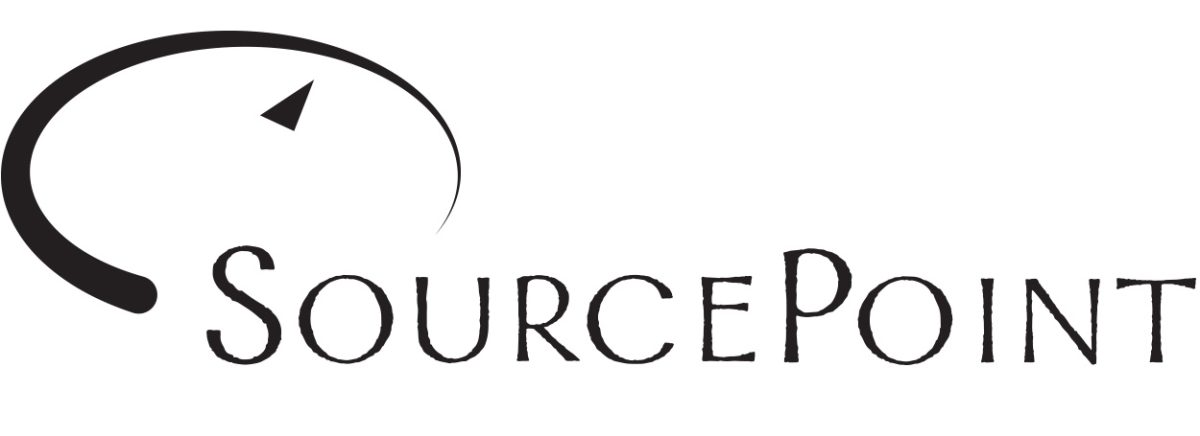 Do daily distractions leave you feeling unfocused, stressed out and tense? Does it seem like you can’t complete even the simplest task without being distracted? Do you sometimes feel overwhelmed by all the things pulling on your brain–texts, emails, social media alerts, noisy colleagues, ringing phones, family obligations? Don’t worry, here are three great ways to start taking back control. (And by the way, I am happy to support you in practicing all three so let me know what you’re up to!)
Do daily distractions leave you feeling unfocused, stressed out and tense? Does it seem like you can’t complete even the simplest task without being distracted? Do you sometimes feel overwhelmed by all the things pulling on your brain–texts, emails, social media alerts, noisy colleagues, ringing phones, family obligations? Don’t worry, here are three great ways to start taking back control. (And by the way, I am happy to support you in practicing all three so let me know what you’re up to!)
Distracted thinking — daydreaming or mind wandering — affects everyone. In fact, researchers found that people think about something other than what they’re actually doing — or supposed to be doing — almost half of the time. It turns out that a wandering, easily distracted mind is actually the default mode for the human brain.
Succumbing to distraction over and over, though, can build stress, foster unhappiness and even lead to depression. So if you’re one of the many looking to figure out how to handle distractions and improve your ability to focus, take comfort in the fact that research has shown a way forward.
And that way is “mindfulness”.
Mindfulness means maintaining a moment-to-moment awareness of where you are, what you’re doing and how you’re doing it. At work, for instance, it means you’re focused on the project in front of you; if you’re talking with a friend, it gives you the ability to really focus on your surroundings, your conversation and your inner experience. Scientists have shown that you can train your brain to become more mindful. Like anything else, it just takes practice! Important note: be gentle with yourself and give yourself permission to be a ‘beginner’ at this.
Ready to get started? These three practices have all proven useful in building mindfulness.
1. Mindfulness-based stress reduction (MBSR)
MBSR training has become a recognized way to help people learn to avoid distractions and increase their attention and focus. It can also help improve memory, motivation and autonomy — all things likely to make you (and others) happier. MBSR programs typically include breathing combined with awareness exercises.
For additional ideas and simple practices, see the following links:
https://positivepsychology.com/mindfulness-based-stress-reduction-mbsr/
https://www.themindfulword.org/
2. Meditation
Meditation is often misunderstood. It’s not just about clearing or emptying your mind. The real ‘goal’ is to increase your awareness of the present moment. It also slows down and eases your emotional reactivity. With practice you develop a more gentle, accepting attitude toward yourself and others. Regular meditation practice has been shown to actually alter the brain, but in a good way. One study showed that the area of the brain dedicated to regulating your emotions was significantly larger in meditators. In other words, in a world determined to trip you up with distractions and unpleasant surprises, meditation can help you stay more positive, responsive and focused rather distracted and reactive.
3. Mindful movement
Yoga is a good example of mindful movement. Basically, it’s a combination of structured breathing, controlled movement and mental focus. And science backs this up! Many studies have found that after beginning a yoga program people feel less stressed, more focused, even more optimistic. In fact, yoga’s been found to be even more beneficial to people who’re highly stressed. And before you think you have to be able to bend yourself into a pretzel to do yoga, check out this link:
https://www.healthline.com/health/fitness-exercise/beginner-yoga-poses#downward-dog
Or this one:
https://www.youtube.com/watch?v=Fky9YEwDUvw
Yes, you can take back control of your focus, shed that stress, and wake up happier to meet your day. If I can do it, I know you can too!
To your health!
Dr. Tyme Gigliotti, D.Ac., L.Ac.
qityme@gmail.com
443-398-1083
 “Eat Right For Your Blood Type” by Peter D’Adamo” There’s eating healthy and then there’s eating healthy FOR YOU!
“Eat Right For Your Blood Type” by Peter D’Adamo” There’s eating healthy and then there’s eating healthy FOR YOU!

 Do daily distractions leave you feeling unfocused, stressed out and tense? Does it seem like you can’t complete even the simplest task without being distracted? Do you sometimes feel overwhelmed by all the things pulling on your brain–texts, emails, social media alerts, noisy colleagues, ringing phones, family obligations? Don’t worry, here are three great ways to start taking back control. (And by the way, I am happy to support you in practicing all three so let me know what you’re up to!)
Do daily distractions leave you feeling unfocused, stressed out and tense? Does it seem like you can’t complete even the simplest task without being distracted? Do you sometimes feel overwhelmed by all the things pulling on your brain–texts, emails, social media alerts, noisy colleagues, ringing phones, family obligations? Don’t worry, here are three great ways to start taking back control. (And by the way, I am happy to support you in practicing all three so let me know what you’re up to!)
